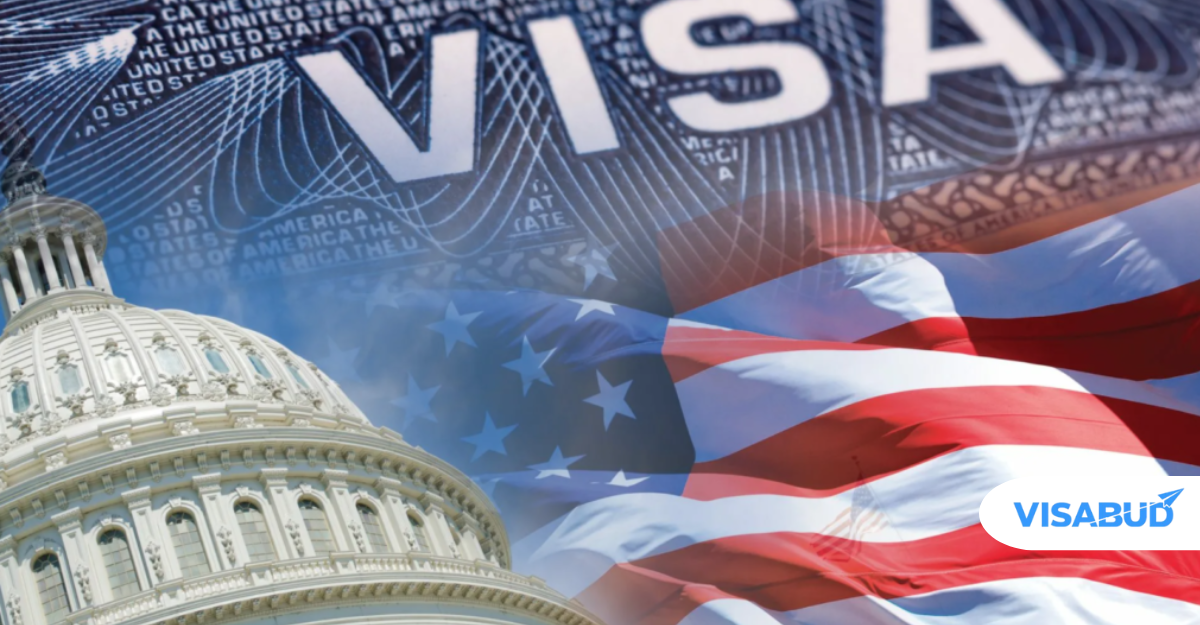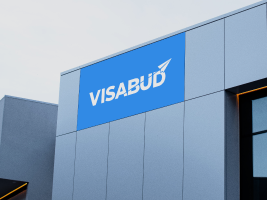Starting January 17, 2025, the H-1B visa program has undergone notable changes aimed at promoting fairness, transparency, and efficiency in the process of hiring skilled foreign professionals in the United States. This visa enables U.S. companies to temporarily employ foreign workers in specialized roles that demand advanced skills and expertise.
These changes are expected to be particularly beneficial for Indian nationals, who represented 72.3% of the 386,000 H-1B visas issued in 2023. The revisions hold significant importance for Indian tech professionals, who form a large part of the U.S. technology sector and hold leadership roles in major companies such as Apple, Microsoft, and Google.
The updated program aims to help companies retain skilled employees by streamlining processes and offering more flexibility, as stated by the U.S. Citizenship and Immigration Services (USCIS). Key changes introduced by the Department of Homeland Security (DHS) include :
Strengthening Specialty Occupation Criteria : The term “specialty occupation” has now been clearly defined to establish a stronger connection between a candidate’s educational background and their job duties. Currently, the degree and job role must be closely aligned to qualify.
Easier transitions for students : F-1 visa holders applying for H-1B status will now have their F-1 visa automatically extended until April 1 of the application year. This update reduces the time their employment or legal status might be affected during the transition.
The H-1B visa now includes additional cap exemptions for government and nonprofit research organizations focused primarily on research. Additionally, certain employees who play an essential role in supporting these organizations may also qualify for these exemptions.
To enhance compliance, H-1B applicants must ensure that their employers can prove the job qualifies as a specialty occupation. The Department of Homeland Security (DHS) may also request evidence to confirm the employer’s legal status in the United States and verify adherence to the Labor Condition Application (LCA) requirements.
The reforms are designed to stop the misuse of the H-1B visa program while still providing opportunities for skilled workers from other countries. However, many Indian H-1B visa holders remember the heightened scrutiny during Trump’s administration, which led to a 24% rejection rate in 2018, serving as a reminder of potential challenges.
These updates represent progress in promoting high-skilled immigration, while also maintaining the program’s integrity. This will help both U.S. employers and talented professionals from around the world.
Never miss a visa update – follow VisaBud for real-time info!



